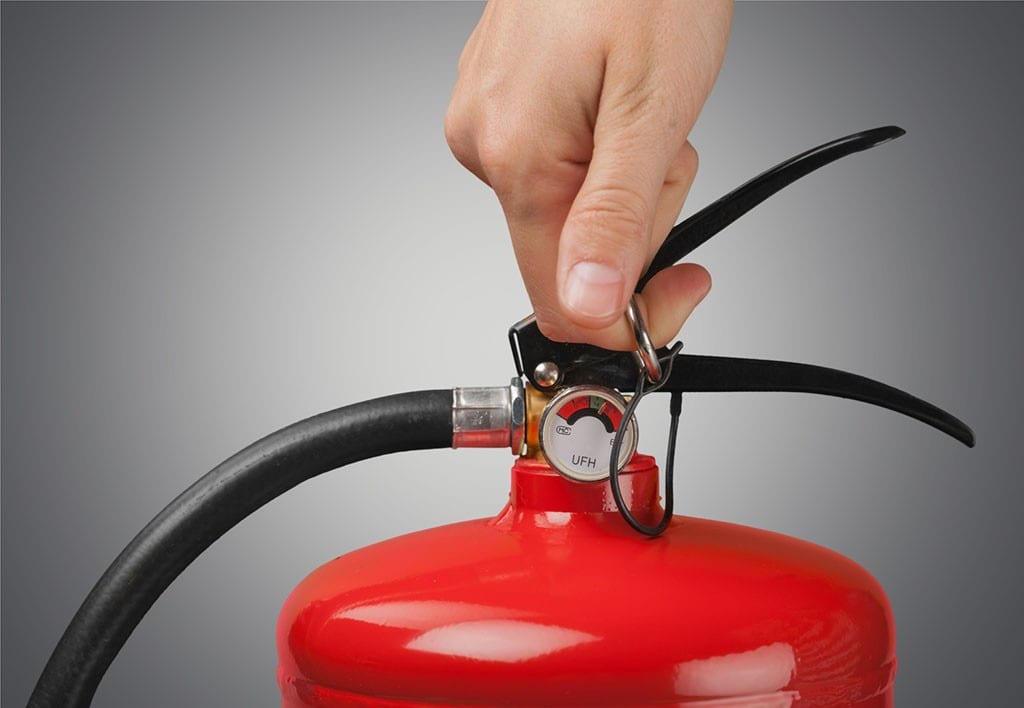Sydney businesses must ensure that they are protected from fires. This isn’t just to be in compliance with the laws, but also for their employees, clients, and even their property. Fires can result in massive losses within minutes. However, with the proper safety measures put in place, many risk factors can be avoided or minimized. Inspections for fires, regular testing and the tagging of electrical systems and conformity with CFSP regulations all work to create a safer workplace and ensure businesses remain compliant to local ordinances and Building Code of Australia (BCA) standards.

Why fire inspections are vital to ensure safety
Fire Inspections are the first line of defense against potential hazards. Inspections ensure that each component of a building’s fire protection system is working and up-to-date. In Sydney many businesses, they must conduct inspections every six or twelve months, depending on the kind of building and council regulations. The inspection can cover everything from sprinklers and fire alarm systems, to smoke detectors, hydrants, and extinguishers.
The reason inspections are so important is their ability to identify hidden issues before they become risky. It may not seem important however a minor issue with a fire hydrant or smoke alarms that are not working, could result in fatality in the event of a crisis. The owners of businesses who regularly inspect their fire hydrants are fulfilling their legal requirements and making themselves safe from unexpected catastrophes.
Testing and Tagging: Addressing Hidden Electrical Security
Electrical systems are an important cause of fires at work. Testing and tagging is essential to a plan to ensure the safety of fire. This process involves checking the electrical equipment to make sure it’s safe, functional and in compliance, followed by affixing a visible tag that indicates that the product has passed an inspection. In many organizations it’s more than just a regular requirement it is a safeguard against the risk of risks that can go by unnoticed.
If they are not checked for wear, old or worn cables, appliances that are defective or outdated wiring could quickly lead to fire hazards. Through conducting regular tests and marking, businesses decrease the likelihood of electrical problems that could cause fires. It also reassures employees that their environment is safe, which builds trust and confidence within the workplace. Together with fire inspections and testing, this extensive safety strategy minimizes risk from a variety of angles.
The role of CFSP is certification and compliance.
In New South Wales, only the Competent Fire Safety Practitioner (CFSP) is authorized to sign and certify crucial documents regarding fire safety, such as Annual Fire Safety Statements. Introduction of CFSP certification has improved the standards for fire safety by ensuring that only qualified professionals can assess and verify security. For those who own businesses, having a CFSP means that reports and inspections aren’t just a routine document but dependable evaluations conducted by experts.
The role of a CFSP extends far beyond the mere ticking of boxes. These professionals assess the condition and performance of the fire protection system. They also provide precise reports, and ensure compliance with regulations. Without CFSP accreditation, businesses are at risk of fines, legal complications, and even shutdowns if safety measures are considered to be insufficient. Working with professionals who are accredited ensures that the fire safety system is in place correctly, and that all compliance requirements are met.
Fire Safety is a Continuous Involvement
Fire safety is a constant requirement for all business owners. The cycle of safety is never ending with regular inspections, testing of electrical systems constantly, and getting certification under CFSP supervision. Beyond ensuring compliance with the law it also promotes the safety culture in the workplace. Employees feel more secure knowing that evacuation procedures, smoke alarms emergency lighting, as well as a fire suppression system are all in place.
Implementing fire safety as a continuous process rather than the annual checkbox decreases risk but also improves the reputation of a company. When safety is prioritized customers and clients are more comfortable. A proactive, long-term approach to protection against fire can save money through preventing expensive damage such as fines, legal fights or fines. It also protects everyone inside the structure.
Conclusion
Sydney fire safety demands a multilayered approach, which includes fire inspections, testing, tagging and certification by a CFSP. Each element plays a vital role in ensuring businesses are in compliance with the law and, more important, it ensures that people and property are protected. Safety is an integral component of business operations not something that is merely a side-effect. Businesses can comply with their legal obligations and build an even more secure and resilient atmosphere in the near future if safety is an integral aspect of daily operations.


